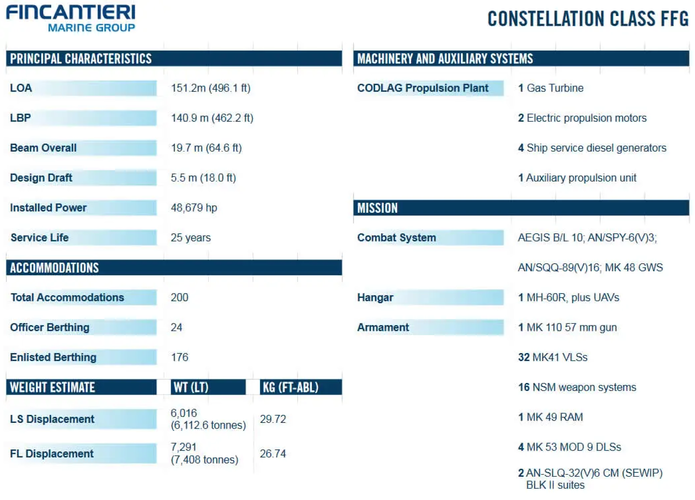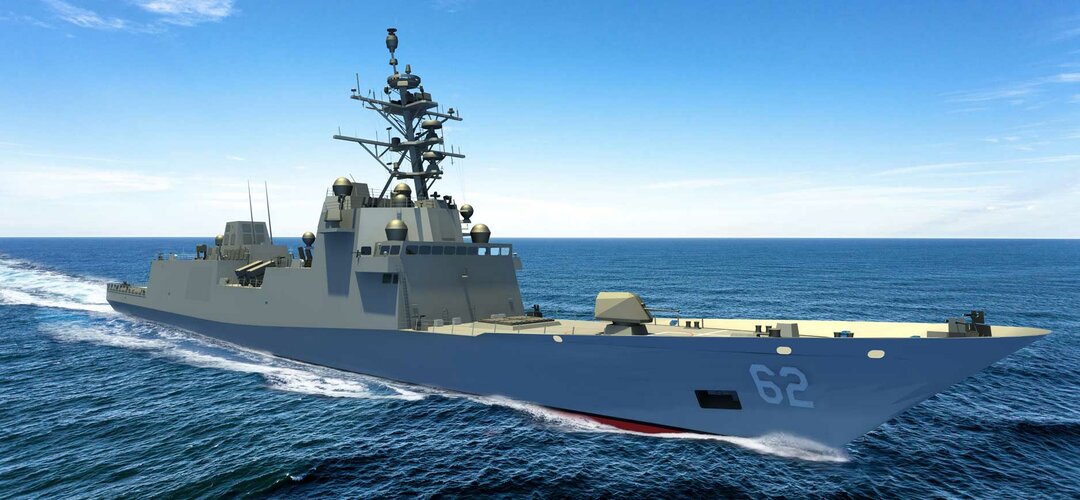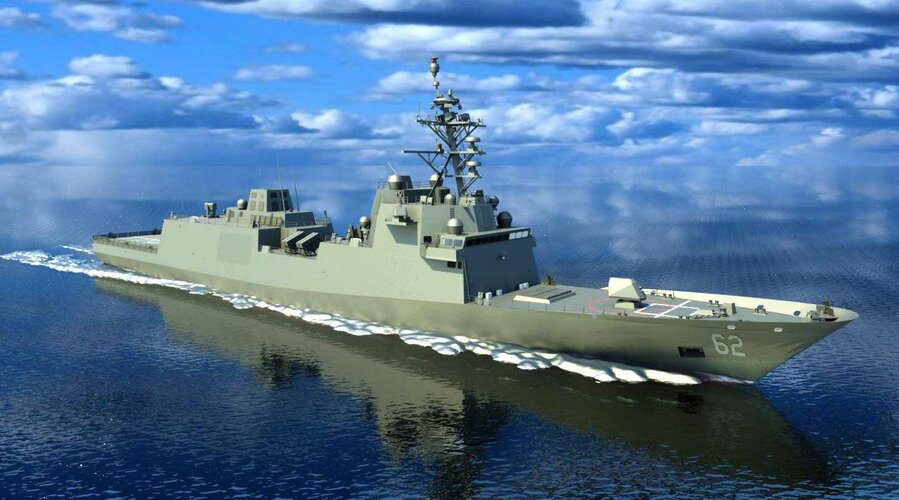On frigate, Filling said the program formally kicked off before Congress passed the FY 2020 defense bill, so it wasn’t bound by the new requirements. Still, he said, the Navy had already been moving in a similar direction, and so the frigate development plan gives a glimpse of what’s to come for DDG(X).
One of the most important things the frigate program did was craft the capability development document at the Navy level instead of with the Joint Staff. This allowed the Navy to share detailed specifications with potential shipbuilders from the start, and as shipbuilders proposed ideas that could drive down cost or boost performance, the Navy on its own could update requirements in both the CDD and the specifications. Filling said the end result was a design that is affordable, producible and ensured the shipbuilder’s voice was captured in the process.
“Right now at the maneuvering and seakeeping basin out at Carderock there is a segmented frigate model running in the basin right now, running alongside several other surface ships, so it’s good to see a surface ship renaissance out there at Carderock,” he said.
Even though the Constellation-class (FFG-62) design is based off the FREMM multi-mission frigate operated by the French and Italian navies, the length and beam were increased to meet Navy specifications, so the altered hull will need to go through testing to ensure the new dimensions are effective on the high seas, Filling said.
Filling also said he and his counterparts at NAVSEA’s engineering directorate (SEA 05) were conducting formal Systems Engineering Technical Reviews (SETRs) on frigate components. Frigate contractor Fincantieri brought with it many of its original equipment manufacturers, but the Navy is still conducting a full detail design process to ensure that, as some components are moved to U.S.-based manufacturing plants or swapped for new American components, the systems still work well together in the final frigate design.
Because the frigate program started before the FY 2020 defense bill passed, it is not technically required to create a land-based engineering site – but Filling said the Navy is making plans right now to set one up at Naval Surface Warfare Center Philadelphia, where most of the other LBESs will be located.
“Maybe [we’re] a little bit behind where we’d like to be in the newly envisioned STA process, but we’re working fast to get that done,” he said of building an LBES to support the frigate program.
www.history.navy.mil













